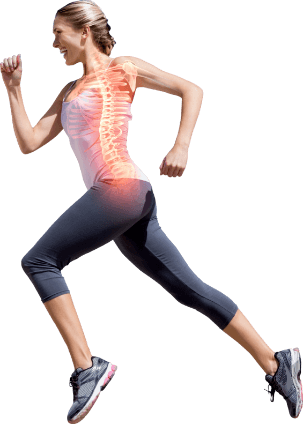Pilates

Pilates is a form of exercise that focuses on strengthening the core muscles and improving overall
body alignment and flexibility. While both mat and reformer types share many similarities,
there are some key differences between the two that can make one more suitable for certain
individuals or conditions.
Mat Pilates
Mat Pilates is typically done on a mat on the floor, using the resistance of the body to perform
exercises. The exercises are typically done in a slow and controlled manner, with a focus on proper
form and breathing. It is often considered a low-impact form of exercise, making it a good
option for those who have injuries or other physical limitations.
Reformer

Reformer pilates is done on a machine called a reformer. This machine includes a
sliding carriage, straps, and springs that provide resistance to the exercises. The exercises are typically
done in a more dynamic and flowing manner, with a focus on strength, balance and endurance.
Reformer is often considered a higher-impact form of exercise, making it a good option for
those who are looking for a more challenging workout.
Clinical Pilates
Clinical pilates is different as it can be used to help people get better from injuries and prevent pain. Mat Pilates can be beneficial for individuals recovering from injuries or surgeries as it is
low impact and it can help to increase flexibility, improve balance and beneficial for individuals
who are looking to improve their overall fitness and strength, and can also be used to help prevent
future injuries by promoting proper movement patterns.
In addition, Pilates can be used as a complementary therapy in physiotherapy treatment for a wide
range of conditions such as chronic low back pain, neck pain, scoliosis, and more. Physiotherapists
can work together with Pilates instructors to design an individualized program that addresses the
specific needs of each patient.
In conclusion, both mat and reformer offer unique benefits, and can be incorporated into
physiotherapy treatment to help individuals recover from injuries, improve their overall fitness, and
prevent future injuries. It is important to consult with a physiotherapist and/or an instructor to
determine which form of Pilates is best suited for a specific condition or individual.
Author:
Mr Abdul Abdirahman
Physiotherapist Moonee Ponds, Ascot Vale, Essendon and Brunswick








